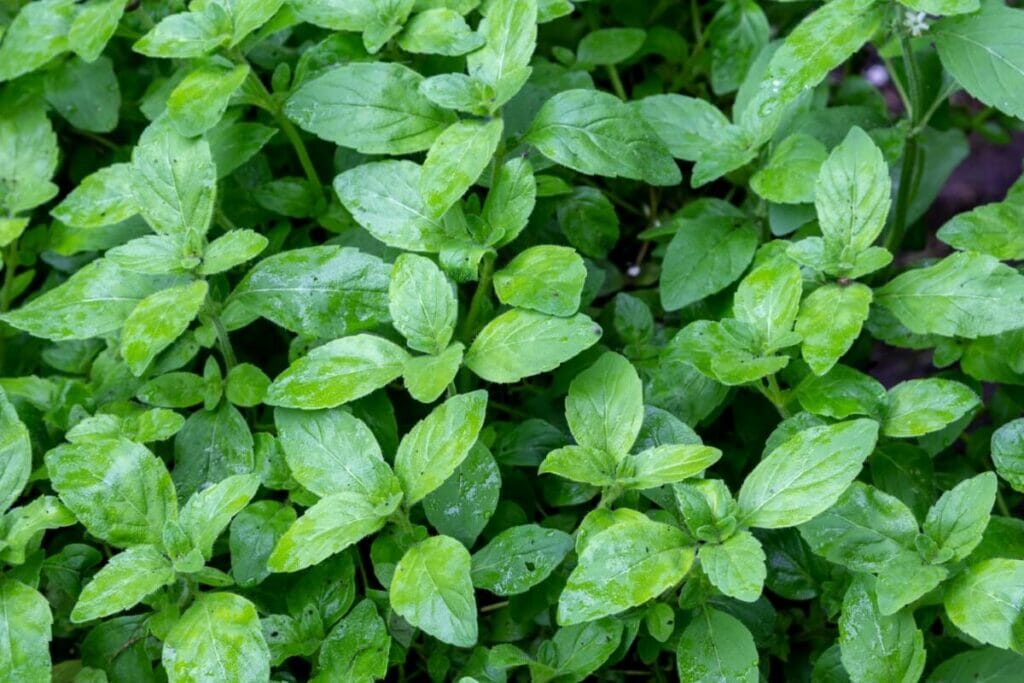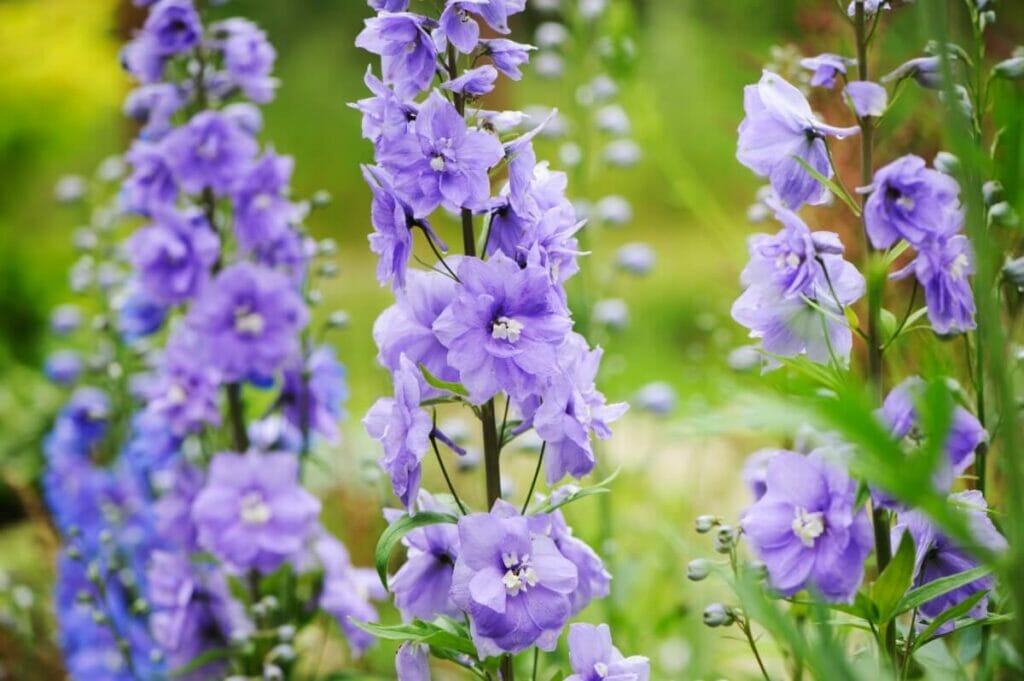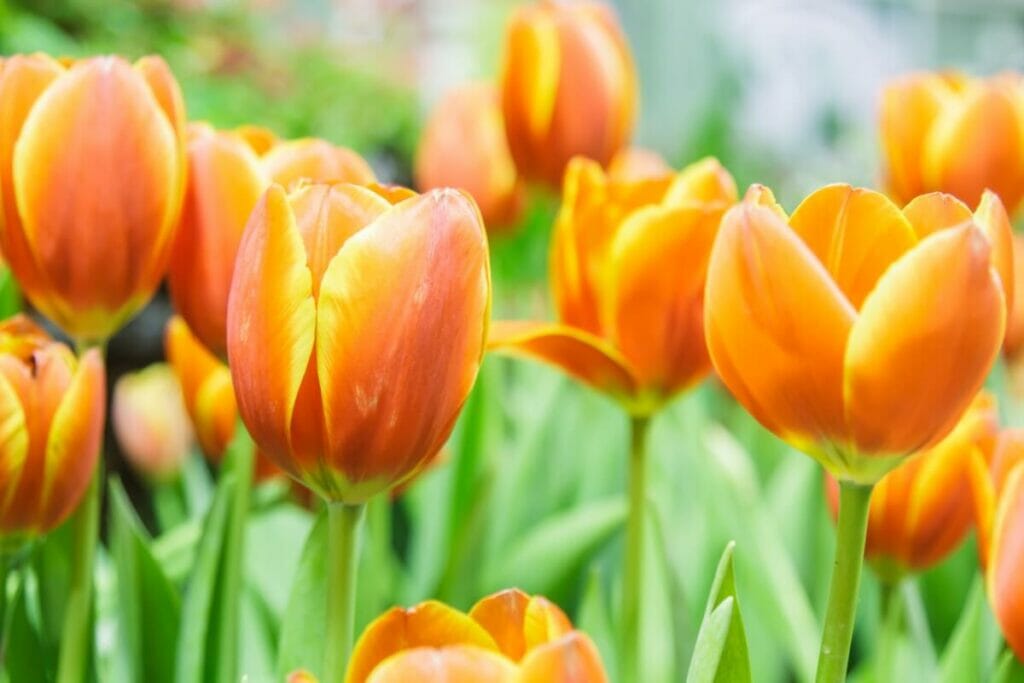27 Flowers and Plants You Might Regret Planting in Your Garden
Have you ever grown something in your garden that you wish you hadn’t? Hindsight, as they say, is a powerful thing. Whether the plant was a ginormous pain the proverbial to grow, never bloomed as you’d hoped, or took it upon itself to suck the life force out of every adjacent living organism, there are few common garden plants and flowers that you might think twice about growing again in the future.

1. Morning Glory (Ipomoea) – Invasive Growth

Morning glories are notorious for overtaking garden space and choking other plants, requiring constant maintenance to control their aggressive spread.
2. English Ivy (Hedera helix) – Aggressive and Damaging

English ivy grows uncontrollably, damaging brickwork, wooden structures, and even suffocating trees. Lovely to look at, but definitely one that needs managing carefully!
3. Bamboo – Difficult to Contain

Bamboo spreads through underground rhizomes and is very difficult to control once planted. It can take over your garden and is hard to remove. I’ve had a neighbor’s bamboo pull down our entire fence before!
4. Mint (Mentha) – Rapid Spreader

Mint is highly invasive, quickly spreading through garden beds. Without containment, it will overwhelm other plants, making it difficult to maintain a balanced garden. It’s best to keep these in pots, in my experience.
5. Wisteria – Beautiful but Destructive

While Wisteria vines are visually stunning, they can cause significant damage to garden structures like fences and pergolas if not properly managed. They’re also notably toxic!
6. Lily of the Valley (Convallaria majalis) – Toxic and Spreading

This flower spreads rapidly and is toxic to pets and humans, making it a less-than-ideal choice for families with children or animals.
7. Creeping Jenny (Lysimachia nummularia) – Invasive Groundcover

Creeping Jenny is a fast-spreading groundcover that can suffocate other plants, making it a high-maintenance addition to the garden. You’ll need to be cutting this creeper weekly during the growing season.
8. Trumpet Vine (Campsis radicans) – Hard to Manage

Though visually appealing, trumpet vine can quickly overwhelm garden spaces, damaging fences and walls due to its vigorous growth. I’m not sure the sporadic blooms are worth the effort, IMO.
9. Purple Loosestrife (Lythrum salicaria) – Highly Invasive

Purple loosestrife is extremely invasive and disrupts ecosystems by displacing native plants, particularly in wetland areas. Definitely one to plant with a degree of caution.
10. Tansy (Tanacetum vulgare) – Toxic and Invasive

Tansy’s bright flowers are appealing, but its invasive tendencies and toxicity to pets and humans make it a risky plant for most gardens. I’d pass on this one.
11. Butterfly Bush (Buddleia davidii) – Not as Beneficial as It Seems

Though it attracts butterflies, butterfly bush is invasive in many areas and can outcompete native plants that better support local wildlife.
12. Russian Sage (Perovskia atriplicifolia) – Invasive and Hard to Remove

Russian sage spreads aggressively and is tough to eradicate, making it a challenging addition for gardeners looking for manageable plants.
13. Peony (Paeonia) – Short Blooming Period

While peonies offer gorgeous, large blooms, they only flower for a short time in late spring, providing little visual interest for the rest of the year. I love them when they’re in bloom, and question the empty space when they’re not.
14. Gardenia – Difficult to Grow and Maintain

Gardenias are known for their fragrant blooms but require very specific growing conditions, making them difficult to grow successfully without constant care. It’s a lot of work!
15. Azalea – Prone to Pests and Disease

Azaleas produce beautiful flowers but are highly susceptible to pests like lace bugs and diseases such as root rot, requiring intensive care. Dealing with pest infestations is the least fun part of gardening.
16. Foxglove (Digitalis) – Toxic and Biennial

Foxglove only blooms in its second year of growth and is toxic to humans and pets, making it a risky choice for many gardeners.
17. Delphinium – Short-Lived and High Maintenance

Delphiniums have stunning flowers but require frequent care, such as staking and watering, and they only bloom for a couple of weeks. A bit of wind and they’ll damage easily as well.
18. Bleeding Heart (Dicentra) – Fades Quickly in Summer

This delicate spring bloomer tends to fade and go dormant as soon as the heat of summer arrives, leaving gaps in the garden for the rest of the season. Whilst beautiful and intriguing, I’m not sure they’re the best option for most ornamental gardens.
19. Tulips (Tulipa) – Short Bloom Time and Annual Replanting

Tulips offer vibrant spring color but only bloom for a couple of weeks and often need to be replanted annually, especially in certain climates. I’d leave these to your local park or public garden to grow and admire there instead.
20. Clematis – Requires Constant Pruning

Clematis vines are beautiful but need regular pruning and strong support structures, making them high-maintenance.
21. Hydrangea – Requires Exact Soil Conditions for Desired Color

Hydrangeas’ bloom color depends on soil pH, which can be difficult to control, making it challenging to get the desired color. If you’re happy with pot luck, these are still a timeless garden staple.
22. Hollyhock (Alcea) – Biennial and Prone to Disease

Hollyhocks bloom in their second year and are prone to rust and fungal infections, requiring regular attention and care. Personally, I prefer seeing these ‘Outhouse blooms’ in the wild.
23. Iris – Short Bloom Cycle and Foliage Decline

Irises bloom for a short time in spring, and their foliage can become messy and unattractive after flowering, taking away from the garden’s appeal. Spring-only bloomers are usually down the pecking order on my must-have garden flowers.
24. Rhododendron – Struggles in Hot Climates

Rhododendrons need cool climates and acidic soil to thrive, making them unsuitable for areas with hot summers.
25. Lilies (Lilium) – Vulnerable to Pests and Short Bloom Cycle

Lilies bloom briefly and are highly attractive to pests like lily beetles. After blooming, their foliage tends to decline quickly as well meaning the reward is often minimal and short-lived.
26. Canna Lily – Requires Digging Up in Cold Climates

Canna lilies offer bold flowers but need to be dug up and stored indoors during winter in cold climates, requiring extra work. End-of-season garden care and maintenance already takes a pretty significant effort.
27. Poppies (Papaver) – Brief Bloom and Disappearing Foliage

Poppies have vibrant blooms, but they only last a few days to a week. After blooming, the foliage dies back, leaving empty spaces in the garden. For me, they’re best enjoyed, when in season, out in the countryside.
If you’ve had your own experience with any of these tricky plants—or others we didn’t cover—we’d love to hear from you! Share your gardening tips and advice in the comments. 🌸
Andrew is the Editorial Director at Petal Republic. He holds a BSc degree in Plant Sciences and has trained professionally at leading floristry schools in London and Paris. In amongst overseeing a global editorial team, Andrew's a passionate content creator around all things flowers, floral design, gardening, and houseplants.
